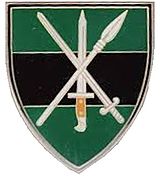Commandant is a title often given to the officer in charge of a military training establishment or academy. This usage is common in English-speaking nations. In some countries it may be a military or police rank. It is also often used to refer to the commander of a military prison or prison camp.
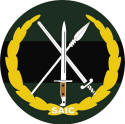
The South African Army Infantry Formation supervises all infantry within the South African Army.

Andrew Mlangeni Regiment is a reserve infantry regiment of the South African Army.
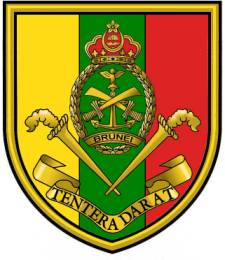
The Royal Brunei Land Forces is the land component of the Royal Brunei Armed Forces. The RBLF has responsibility for maintaining the territorial defence of Brunei, both from attack from outsiders, and by assisting the Royal Brunei Police in maintaining law and order.
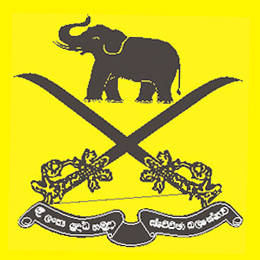
The Sri Lanka Army Volunteer Force (SLAVF) is the active-duty volunteer reserve force of the Sri Lanka Army. The SLAVF is separate from the Regular Force which consists of personal who are professional soldiers and its Regular Reserve, which comprises personal who have a mobilization obligation following their service in the regular army. The SLAVF consists of the volunteer force and the volunteer reserve; administration and recruitment of reserve personal is carried out by the Volunteer Force Headquarters in Shalawa, Kosgama which is headed by the Commandant of the Volunteer Force. It has a current strength of about 55,000 personnel. The SLAVF was known as the Ceylon Volunteer Force from 1949 to 1972 and the Sri Lanka Volunteer Force from 1972 to 1985.
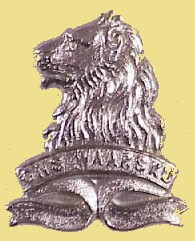
The General de la Rey Regiment is an reserve infantry regiment of the South African Army.

44 Parachute Brigade was a parachute infantry brigade of the South African Army. It was founded on 20 April 1978, by Colonel Jan Breytenbach, following the disbandment of 1 SA Corps and the battle of Cassinga. Upon formation, the brigade was commanded by Brigadier M. J. du Plessis, who was assigned the task of establishing by working with the Parachute Staff Officer, Colonel Jan Breytenbach. At the time du Plessis was the commanding officer of the Orange Free State Command and had previous experience serving in 1 Parachute Battalion. Breytenbach had also been a member of 1 Parachute Battalion and had also founded the South African Special Forces Brigade and 32 Battalion. The location that was chosen for the brigade's headquarters was in the lines of the OFS Cmd Headquarters, next to the old Tempe Airfield in Bloemfontein.
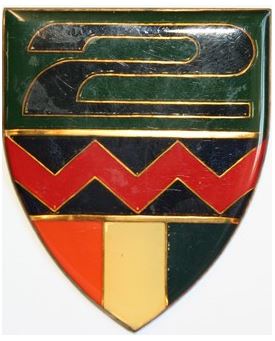
2 South African Infantry Battalion is a motorised infantry unit of the South African Army.

7 South African Infantry Battalion is a motorised infantry unit of the South African Army.

The South African Army Training Formation is the controlling entity of all South African Army training units. The Formation was established in April 1999 and mandated to provide, maintain and sustain landward common training to the SA Army.

21 South African Infantry Battalion is an infantry battalion of the South African Army. The unit has its origin as 21 Battalion, an apartheid era unit used to train black South African men as soldiers.

8 South African Infantry Battalion is a mechanized infantry unit of the South African Army. The battalion is equipped with Ratel Infantry Fighting Vehicles (IFV) used for fast transport and combat mobility across rough ground. Support weapons for mechanized infantry are also provided with motorized transport, or are built directly into these IFVs, in order to keep pace with the IFVs in combat. The battalion was raised at Upington in the Northern Cape in 1973 as part of the South African Infantry Corps, and since the change in structure, has been assigned to the Infantry Formation.
Edward George McGill Alexander is a former South African Army officer. Alexander has participated in airborne exercises and conferences with the British Army, and has jumped with and been awarded parachute wings by the Chilean, British and ROC (Taiwan) Armies. He has written many articles on military topics, some of which have been published internationally, including one by the US Army. He has also authored or co-authored three books. Alexander delivered the 2006 Turner Lecture at the SA Military Academy and in the same year delivered a paper at a Military History Conference on Small Wars and Insurgencies in Canberra, Australia. Besides the BMil degree from the University of Stellenbosch, he holds an Honours BA, an MA and a PhD in history from the University of South Africa.

The King Shaka Regiment is a reserve motorised infantry battalion of the South African Army.

The South African Infantry School is within the Army Base in Oudtshoorn, Western Cape. The Infantry School, now at Oudtshoorn, was established in November 1953, after a history dating back to the South African Military School in Bloemfontein, established in 1912. It is the Infantry’s “centre of excellence” and offers a number of infantry-specific courses to regulars and Reservists.

12 South African Infantry Battalion was a horse, dog and motorbike assisted infantry unit of the South African Army, which provided horse-mounted infantry and dog handlers to the army for defence purposes.
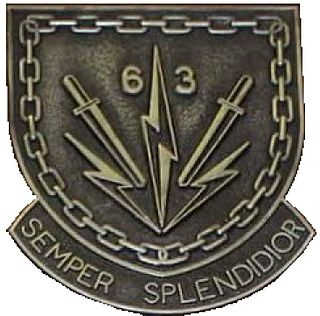
63 Mechanised Battalion Group was a unit of the South African Infantry Corps; although it was classed as mechanized infantry, it was a combined arms force consisting of infantry, armour and artillery. Together with 61 Mechanised Battalion Group and 62 Mechanised Battalion Group, these units made up 60 Brigade encompassing battlegroup principles.
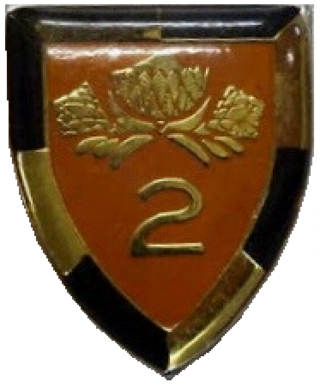
2 Special Service Battalion was an armoured regiment of the South African Army and only one of two such in its regular force. The Regiment was based at Zeerust. It was known in English as, 2 Special Service Battalion, and in the Afrikaans language as, 2 Spesiale Diens Bataljon.

115 South African Infantry Battalion was a motorised infantry unit of the South African Army.
Lt Col Mimy Matimbe is a gunner officer in the South African Army and was appointed as the first female Commanding Officer in the South African Army Artillery Formation when she took over command of 4 Artillery Regiment on 7 April 2017.



